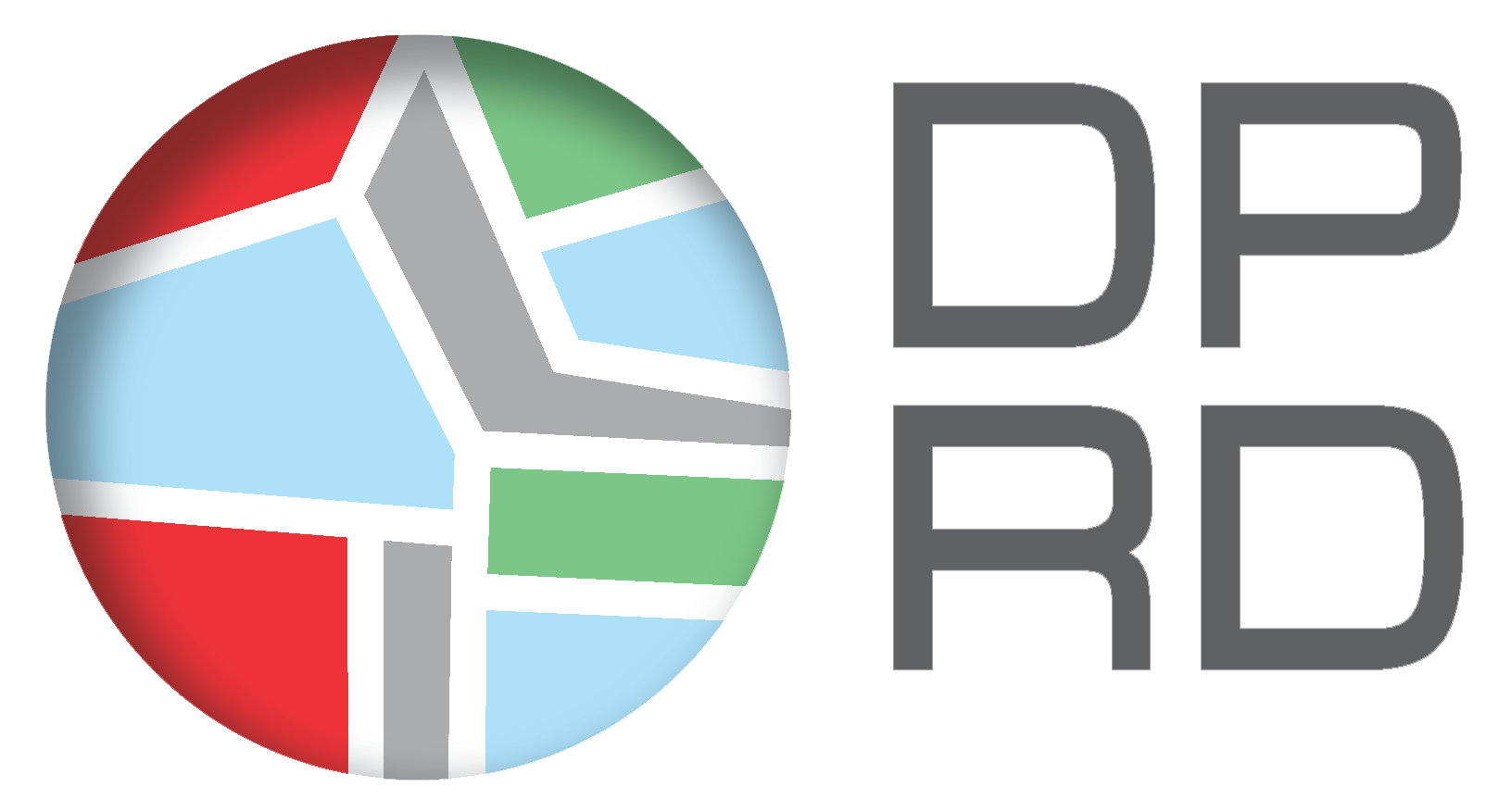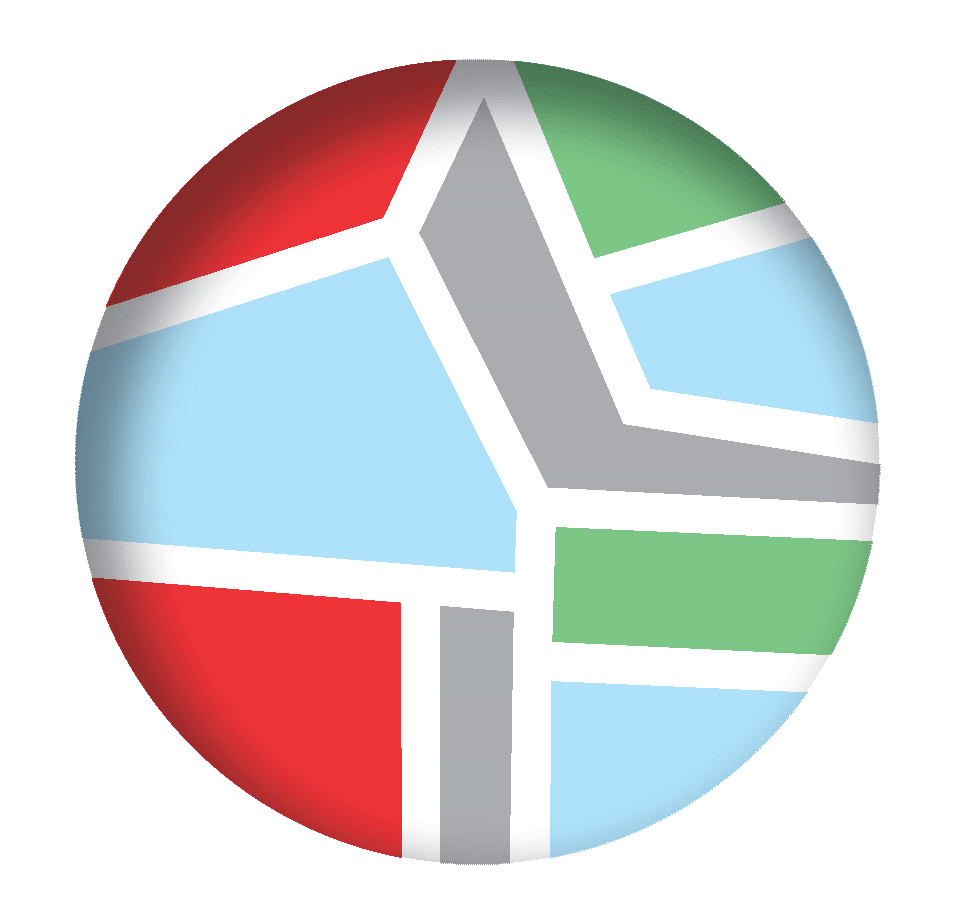
Special Topics in Remote Sensing
• The initiation of graduates coming from different disciplines to the Remote Sensing focused research.
• The in-depth use of the international bibliography in specific subjects.
• The use of satellite data coming from different sources through the merging of layers of different
scale used in Urban and Planning design.
• The in-depth use of the existing software and their capabilities.
The main learning objectives of the graduate course according to Bloom’s classification (1984), are as follows:
• To acquire specialized and targeted knowledge in satellite/aerial photo data processing software (Idrisi, Erdas, GRASS). Moreover, to be able to choose the appropriate software according to its advantages and disadvantages as well as the needs of the case-study.
• To understand satellite and aerial imagery data processing advanced methodologies: photogrammetric methodologies for accurate thematic information extraction from aerial photographs and object-oriented image analysis classification algorithms.
• To be able to apply appropriate classification methodologies in combination with statistical processes for the generation of quantitative products (maps concentration is pastures etc).
• To be able to evaluate the results of each methodology both in terms of accuracy and reliability.
• To be able to synthesize disparate data from different sources of geospatial data according to: the scale of the study area, the requirements both in terms of spatial and temporal resolution as well as the available cost deployment both in time and money on spatial or urban projects.
The expertise in issues of satellite/aerial imagery processing will be an additional asset in the students’ professional or academic career. Additionally, they will gain a comparative advantage for postgraduate studies in interdisciplinary thematic fields of Planning, Urban Planning and the environment.



